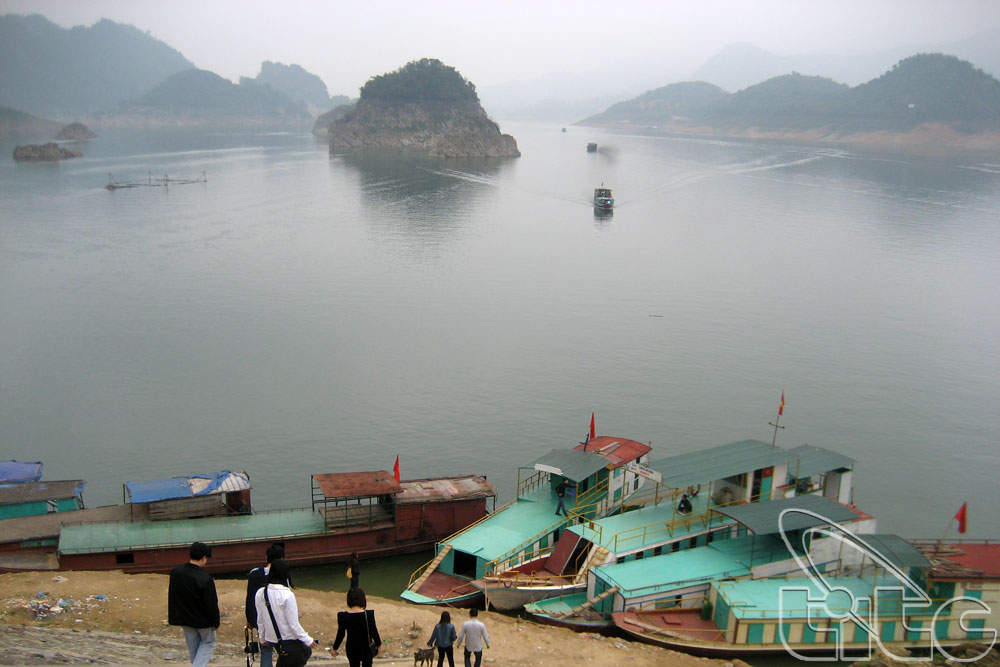The northern province of Hoa Binh and the Hanoi National University have jointly organised a conference to collect ideas on a project to develop the Hoa Binh Lake national tourist area, contributing to the sustainable development of the Northwestern region.

Addressing the event, Chairman of the provincial People’s Committee Nguyen Van Quang asked for central investment to help Hoa Binh develop the area as well as its Mai Chau tourist site.
He also hopes for support in researching and building diverse tourism products, as well as personnel training for the province’s tourism sector.
Meanwhile, Rector of the National University held that the project should focus on regional connectivity with close link to neighbouring localities. Hoa Binh should also design policies to attract human resources, while ensuring social security and the ecosystem for tourism development.
On August 2, the Prime Minister issued a decision approving the planning of the Hoa Binh Lake national tourist site until 2030.
Currently, Hoa Binh has 173 tourist sites, including 41 national relic sites, 30 provincial-level others as well as many other archaeological relics of the “Hoa Binh culture”.
Hoa Binh is also home to four natural reserve areas, together with hot mineral water sources suitable for ecotourism.
Spanning 70km along 17 communes in five districts and cities, Ho Binh Lake was built during the construction of the 1,920MW Hoa Binh hydropower plant, which is also a popular tourist destination, in 1979-1994. It has 8,000 hectares of surface area and a capacity of 9.5 billion cubic meters.
With its special location within the northern tourism region and next to Ha Noi, the lake has high potential for tourism development thanks to its diverse landscapes with various islands, as well as unique culture of ethnic minority groups living in surrounding areas.
Over the past years, Hoa Binh has maintained an average annual growth of 20 percent in the number of tourists. In the first half of this year, the province welcomed over 1.3 million visitors, including about 104,000 foreigners.